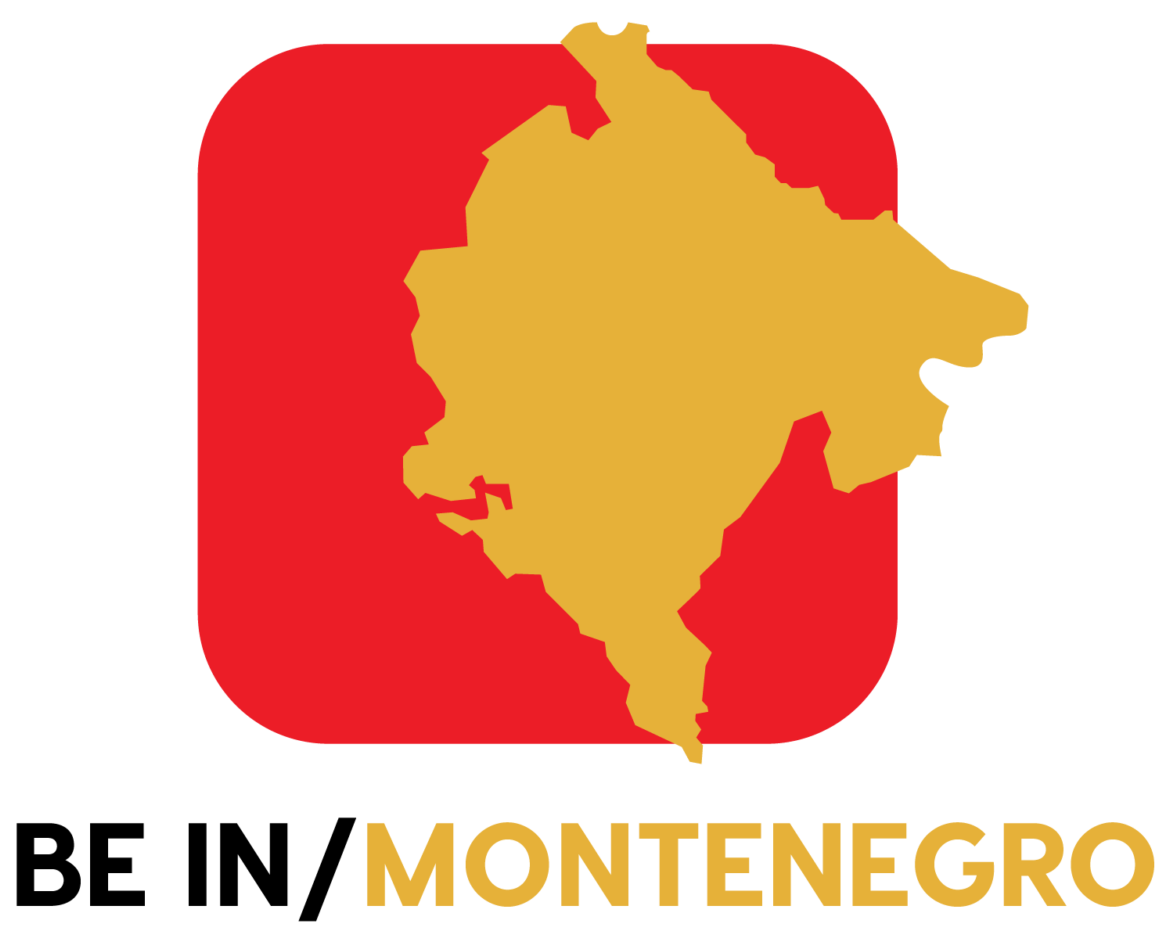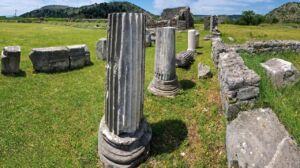Culture
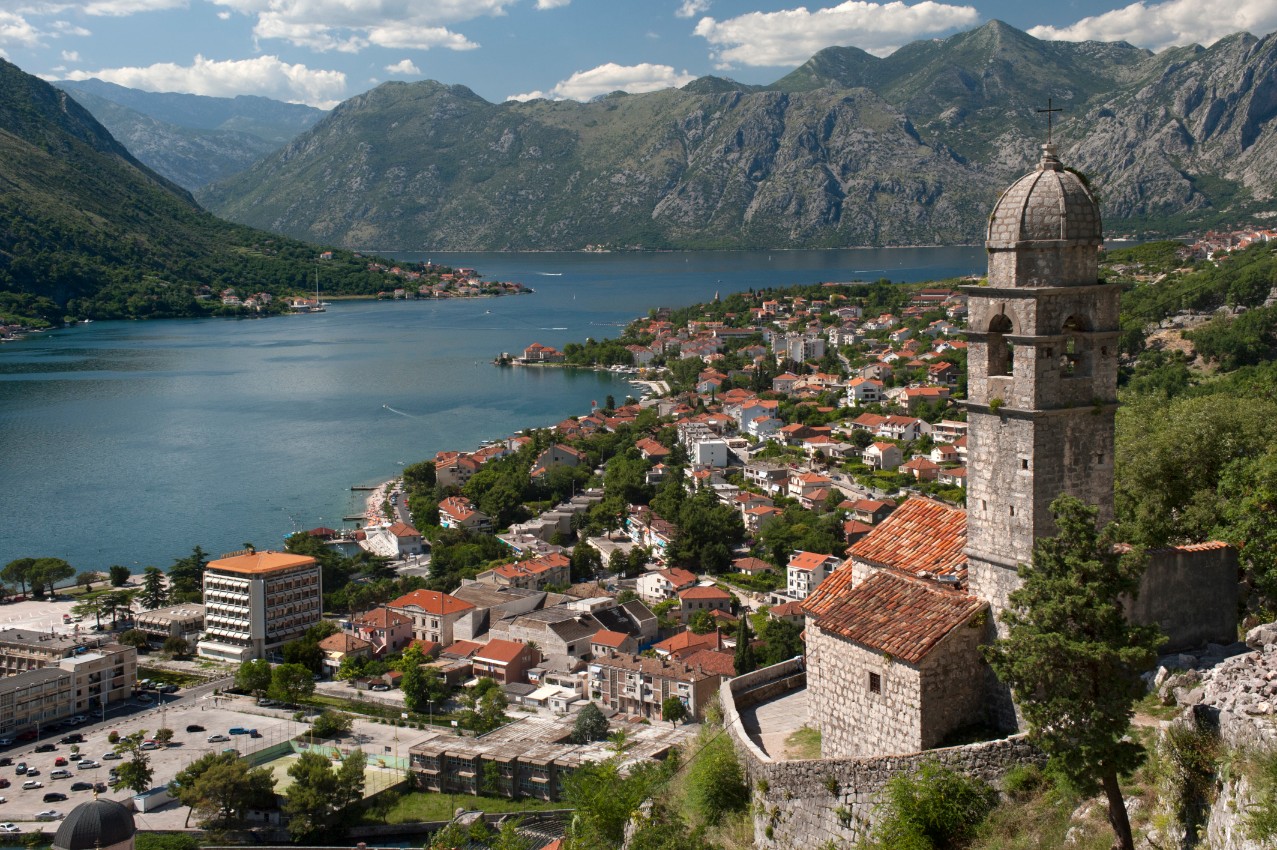
The Rich and Diverse Culture of Montenegro
The culture of Montenegro is a unique tapestry woven from Mediterranean, Central European, Eastern European, and Oriental influences spanning thousands of years. This rich blend of civilizations has shaped the country’s identity and continues to inspire its people and traditions.
Cultural traces date back to prehistoric Montenegro, including remarkable cave paintings in the village of Lipci, where early humans depicted deer hunting scenes and ancient ships. In the Prokletije Mountains, other prehistoric carvings show human and wolf figures etched into stone, offering insight into ancient life in the region.
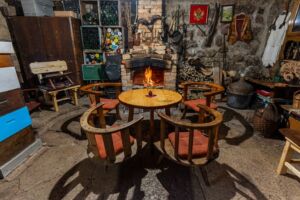
A key element of Montenegrin cultural heritage is the presence of large tombstones, some of which were later transformed into pagan temples. These monuments reflect the spiritual and ritualistic depth of early Montenegrin civilizations.
Ancient cultures such as the Illyrians and Hellenes have left a lasting legacy in Montenegro, influencing its language, religion, and cultural identity. Their impact is still visible in the country’s archaeological sites, traditions, and landscape.
Today, Montenegro is home to an impressive array of historical landmarks – from old temples and monumental ruins to museums, aqueducts, ancient cities, and stone bridges -all contributing to a cultural history that spans more than 2,000 years.
Cultural Diversity in Montenegro: A Harmonious Blend of Traditions
Montenegro is a culturally diverse country, shaped by centuries of interaction with various civilizations, cultures, and traditions. Its ability to embrace and integrate diverse customs has fostered a unique environment where multiculturalism thrives in harmony.
Throughout history, Montenegro has welcomed influences from different ethnic and cultural backgrounds, and these have become an integral part of its national identity. The rich cultural diversity of Montenegro is reflected in the heritage, traditions, and social fabric of the country.
The legacy of past civilizations is clearly visible in the ethnic composition of Montenegro’s population. A significant portion of Montenegrins are of Slavic origin, including Serbs, Croats, Bosniaks, Macedonians, and Romani people, along with a notable Albanian community, especially in the southern regions of the country.
Montenegro stands as a living example of intercultural coexistence, where different beliefs, languages, and traditions come together to shape a truly inclusive and dynamic society.
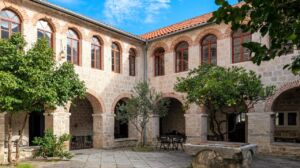
Religious Diversity in Montenegro: A Harmonious Coexistence
Montenegro is a religiously diverse country, where multiple faiths coexist peacefully, contributing to its rich cultural and spiritual landscape. This diversity is deeply rooted in the nation’s history and continues to shape its modern identity.
The majority of the population practices Orthodox Christianity, with approximately 460,383 adherents, accounting for 74.24% of the population. Islam is the second most practiced religion, followed by 110,034 individuals or 17.74%. The Roman Catholic community numbers around 21,972 people (3.54%), while Protestants represent a smaller group with 383 followers (0.06%). Additionally, around 5,009 individuals (0.8%) have not declared a religious affiliation.
Adding to Montenegro’s multicultural and multifaith character are 17,947 refugees from various backgrounds, enriching the nation’s spiritual and cultural diversity even further.
This religious harmony in Montenegro is a testament to the country’s inclusive values and its longstanding tradition of mutual respect among different faith communities.
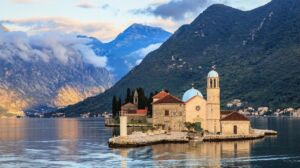
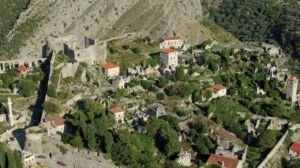
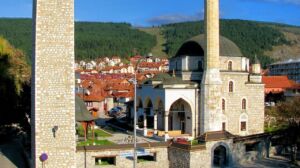
Art in Montenegro: A Vibrant Cultural Expression
Alongside its rich heritage and traditions, Art in Montenegro holds a significant place in the country’s cultural identity. Montenegrins deeply value visual arts, which has led to the development of numerous galleries and cultural institutions across the nation.
Artistic expression is celebrated throughout the country, with several prominent art centers in Montenegro dedicated to both contemporary and traditional works. These institutions not only showcase local talent but also foster international collaboration and appreciation for the arts.
Notable art galleries and centers in Montenegro include:
-
Center for Contemporary Art of Montenegro, located in Podgorica – a hub for modern and experimental visual art.
-
Montenegrin Gallery of Arts: Miodrag Dado Đurić, in Cetinje – honoring the legacy of the famed Montenegrin surrealist painter.
-
Pizana Gallery, Podgorica – a vibrant space for modern Montenegrin artists and exhibitions.
-
Modern Gallery of Budva – known for its dynamic seasonal exhibitions and cultural events.
-
Josip Bepo Benković Gallery, in Herceg Novi (Kotor region) – one of the oldest galleries on the coast, preserving regional artistic history.
These institutions reflect Montenegro’s commitment to nurturing its artistic scene and keeping its visual arts culture alive and thriving.
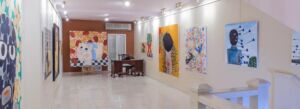
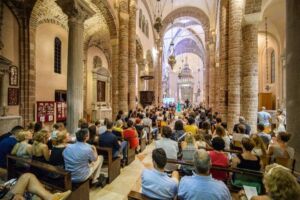
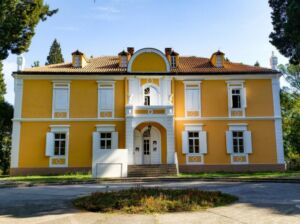
Music of Montenegro: A Rich Blend of Tradition and Modern Influence
The music of Montenegro is a vibrant blend of Western cultural influences and authentic Montenegrin musical traditions. While contemporary styles have made a strong impact, Montenegro has successfully preserved its unique musical heritage.
The country’s first music school was established in Cetinje, often regarded as the cultural capital of Montenegro. A symbol of the nation’s folk heritage is the Gusle, a traditional one-stringed instrument similar to a violin, known for its distinctive and haunting sound.
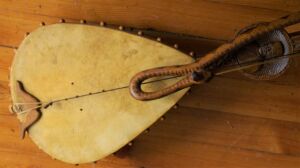
Classical music in Montenegro is highly developed, with renowned composers such as Špiro Ognjenović and Jovan Ivanišević contributing to its legacy. In modern genres, Montenegrin rock music is well represented by the band Perper, while the Montenegrin hip hop and pop scenes feature prominent artists like Who See, Sergej Ćetković, Rambo Amadeus, Bojan Marović, and Andrea Demirović.
From traditional folk sounds to contemporary beats, Montenegro’s music reflects the country’s dynamic cultural evolution and artistic expression.
Uncovering the Ancient Past: Archaeology in Montenegro
If you want to know more about other Balkan countries’ culture, click here: www.beinbalkan.com
